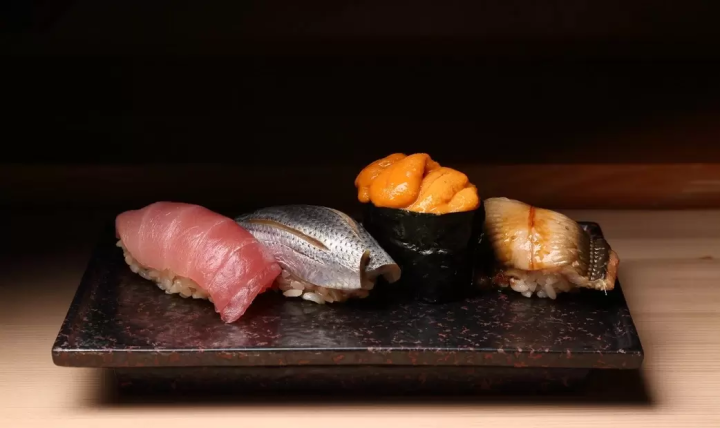Experience the romance of the Heian period! Travel back in time to ancient Japan at the Saiku historic site!

Saiku historic site with three buildings from the Heian period. You can experience Heian play in this building. The Heian aristocrats spent their time elegantly playing noble games that are still relevant today. From the Japanese version of backgammon that uses your brain, ``Bansugoroku,'' to the Japanese-bound books that you can take home with you, such as the shell cover with delicate shell patterns, to the ``Uzuchizukuri'' amulet, which is said to ward off evil spirits from the Heian period a...
board sugoroku
Sugoroku is a simple game in which the pieces advance according to the number of dice rolled, but it is said to have been very popular in ancient times. It may seem simple, but it actually requires the use of both luck and strategy, and is said to have become the subject of gambling, to the point that it was later banned.
Uzuchi making experience
Uzuchi is a talisman made from peach trees and five-colored strings. It was made by threading ten five-colored braids through the center of a peach tree, and it was believed that by hanging it on a pillar indoors or wearing it around your waist, you could ward off misfortune. Since ancient times, peach trees have been thought to have mysterious powers that ward off evil spirits.
Making Japanese-bound books
Let's make an old-fashioned book called an origami. A book made by folding long pieces of paper tied together horizontally at regular intervals. During the Heian period, folded books were folded to make them easier to use, and although they did not require advanced bookbinding techniques, the pages could be viewed as if they had been turned, and this was a widely known bookbinding method at the time.
Shellfish cover (kaioi)
A game called ``Kaiooi'' using clam shells that was played during the Heian period is a simple game that even children with nervous breakdowns can play, but when there are shells on the left and right, They overlap perfectly and are a very pleasant game to play. Please pick up clams from Mie Prefecture and enjoy an elegant play.
Cane (Giccho)
It's a game similar to the original game of gateball. It is a game in which you hit a ball (a wooden ball) using a long-handled mallet (shaped like a hammer) made from natural tree branches. You can experience this game using the square in the middle of Heian no Mori.
Kemari
A game similar to modern soccer, which was popular among the aristocrats during the Heian period. Wearing Asagutsu shoes, he lifts a ball sent to him by someone, then prepares himself and passes it to another person. It is said that they enjoyed this interaction so that it lasted for a long time. Balls are originally made from deerskin, but here we use vinyl balls. It's quite difficult because it lets out a little air, so please give it a try.
ink calligraphy pottery
It is an experience to draw letters and pictures on unglazed earthenware. Unglazed earthenware ``Hajiki'' is said to have been produced as serving utensils such as altars, plates, altars and bowls, and everyday tableware. In Meiwa Town, there used to be many Haji ware in the gardens where children played, and many children played with them. Please feel free to draw your memories and take them home with you.
Heian play experience 5,000 yen
This is a program where you can enjoy all of the above experiences in about 1.5 hours. A guide will accompany you.
You can take home Uzuchi, Japanese-bound books, and pottery with ink calligraphy as souvenirs.
open time
Three times: 10:00 to 11:30, 12:30 to 2:00 p.m., and 2:00 p.m. to 3:30 p.m.
play place
Saiku Heian no Mori Nishiwakiden, Meiwa Town, Mie Prefecture (Nationally Designated Historic Site, Saiku Ruins)
Payment
Please pay by PayPay or cash on-site.
Includes experience fee, experience kit fee, event insurance fee, and guide labor cost
Reservation/Application
Please apply by email to info@hana-meiwa.jp and include the following information.
➀Name, ➁Date and time of experience, ➂Number of people, ➃Number of adults and children, ➄Contact information (email, cell phone, LINE, etc.)
cancel
If you wish to cancel your reservation, please contact us immediately.
If canceled due to customer's convenience, the following cancellation fee will be charged.
2 days before: 30% of the trial fee / 1 day before: 50% of the trial fee / On the day of cancellation: 10% of the trial fee
The entrance to Oise-san, Meiwa-cho. Meiwa Town is a town where the Miyako ``Saikyu'', where the princess of the imperial family, ``Saio'', who served Amaterasu Omikami at Ise Grand Shrine in place of the Emperor, once lived, remains as a historical site.
The contents on this page may partially contain automatic translation.




![[SHIMAKAZE: A Train You Should Ride at Least Once] We recommend the SHIMAKAZE, which can take you to the seaside resort of Ise-Shima from Osaka, Kyoto, and Nagoya without transferring.](https://resources.matcha-jp.com/resize/720x2000/2025/06/09-235798.webp)

![[Ending in 2025] Snow scenery accessible from Osaka and Nagoya! Enjoy Mt. Gozaisho in winter!](https://resources.matcha-jp.com/resize/720x2000/2024/12/16-215480.webp)

























![[Latest] Complete Guide to atmos Exclusive Sneakers and Special Edition Models | Apparel and Upcoming Releases](https://resources.matcha-jp.com/resize/720x2000/2025/12/12-252706.webp)
![[2025-2026 Edition] Four Ski Resorts in Hyogo Prefecture Yabu City Opening on December 27th!](https://resources.matcha-jp.com/resize/720x2000/2025/11/28-251434.webp)
![[Next event confirmed! / Report] “Let’s Eat Tokyo Food”](https://resources.matcha-jp.com/resize/720x2000/2025/12/26-254125.webp)
